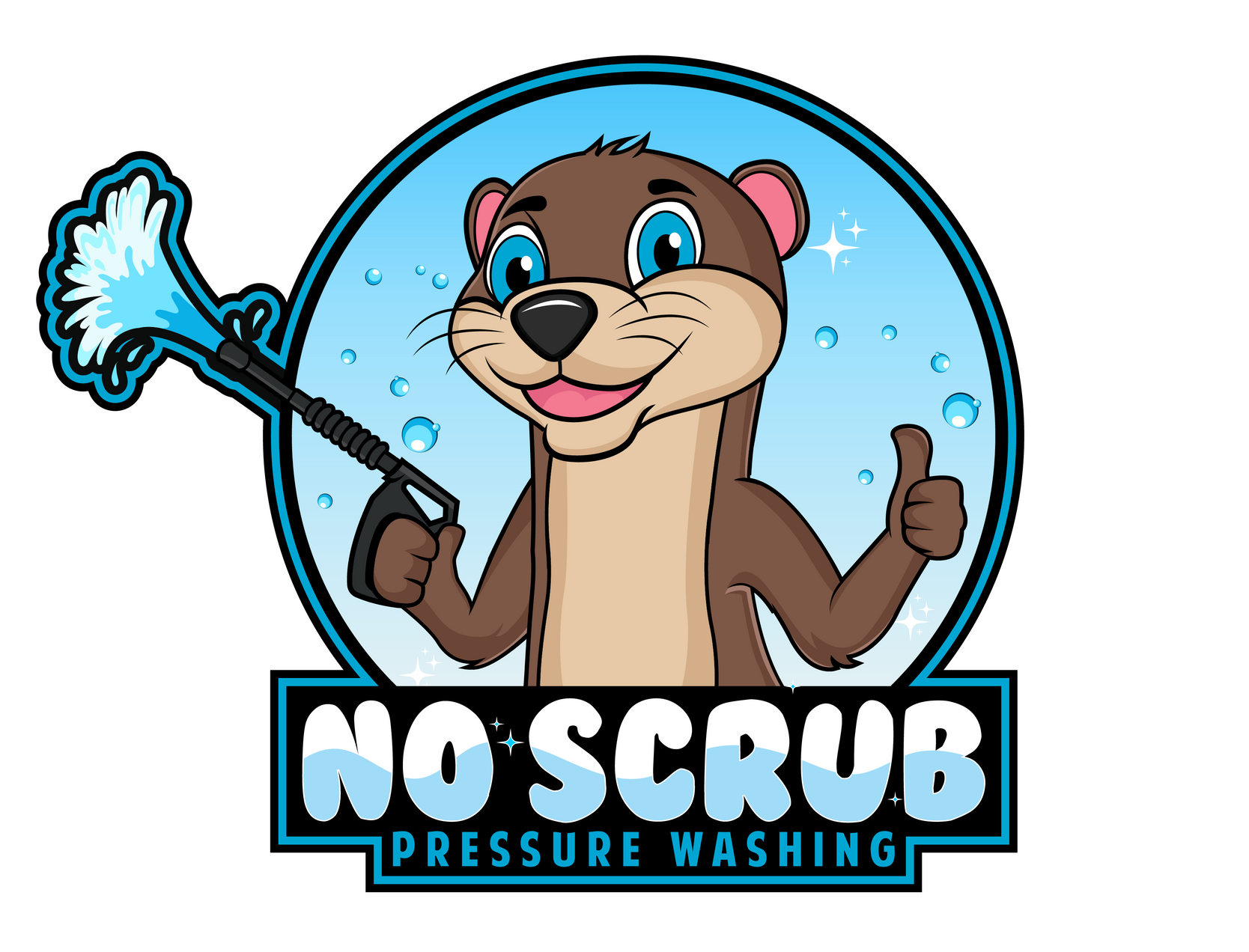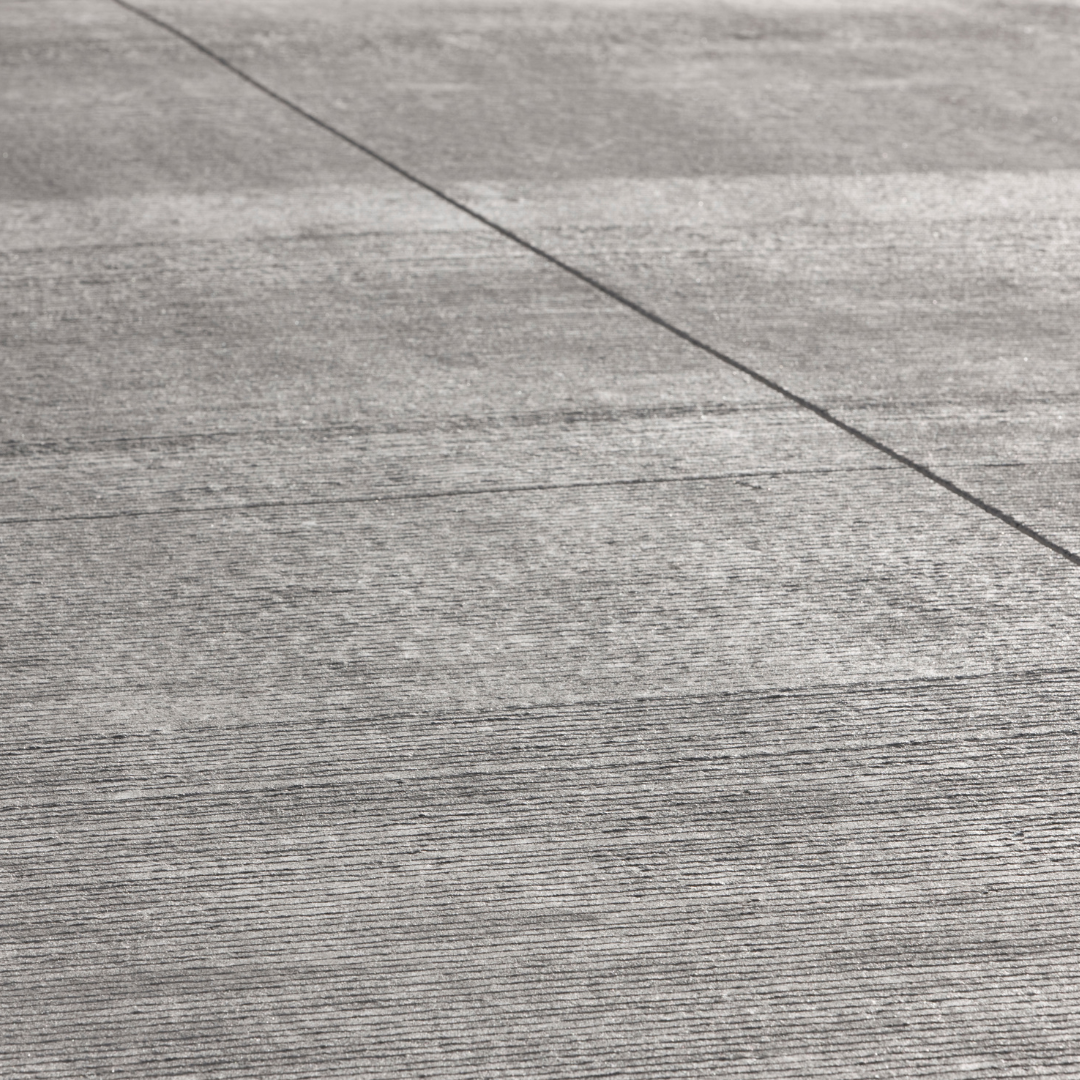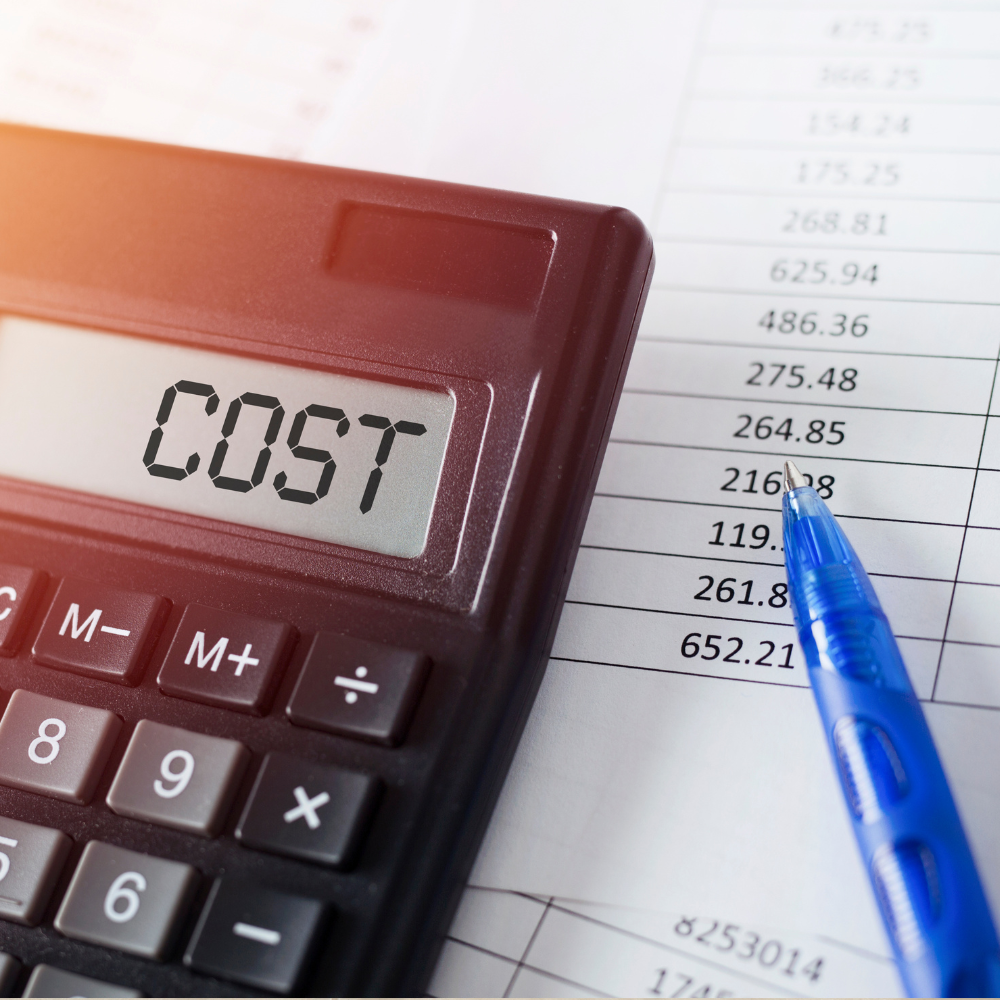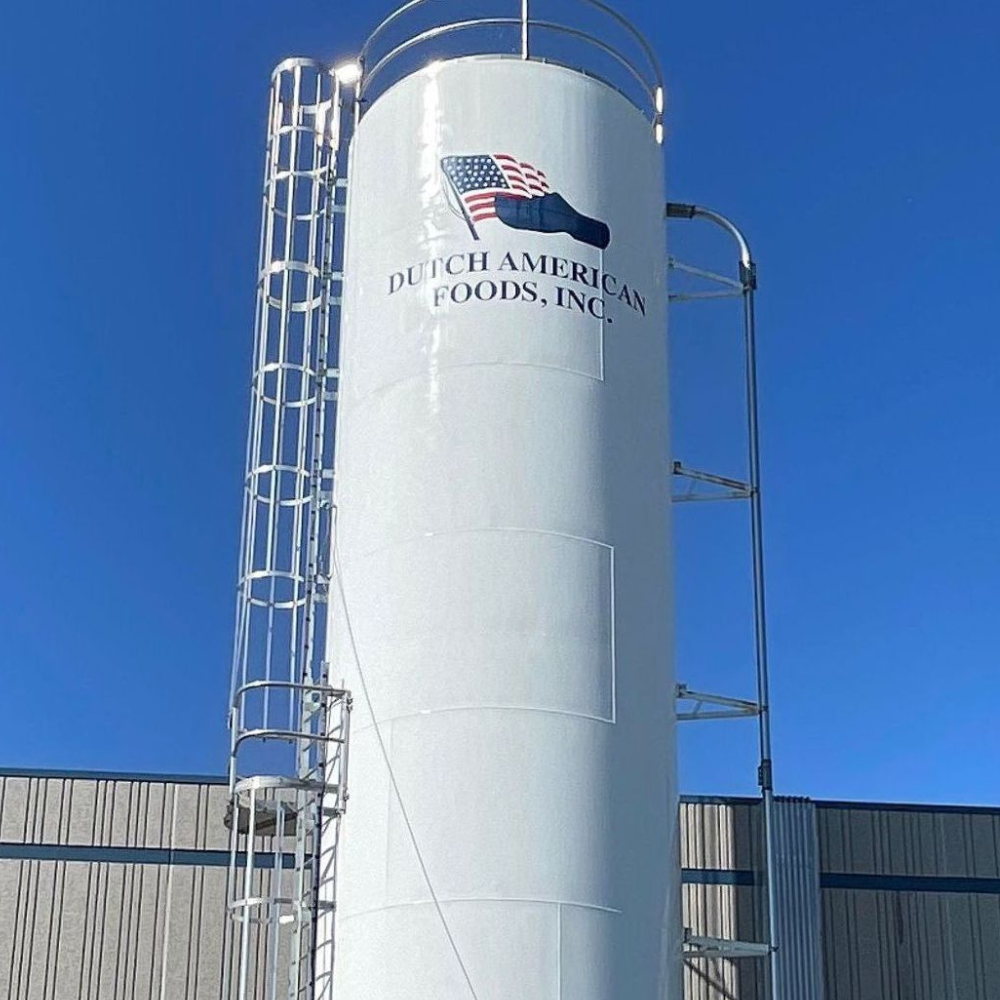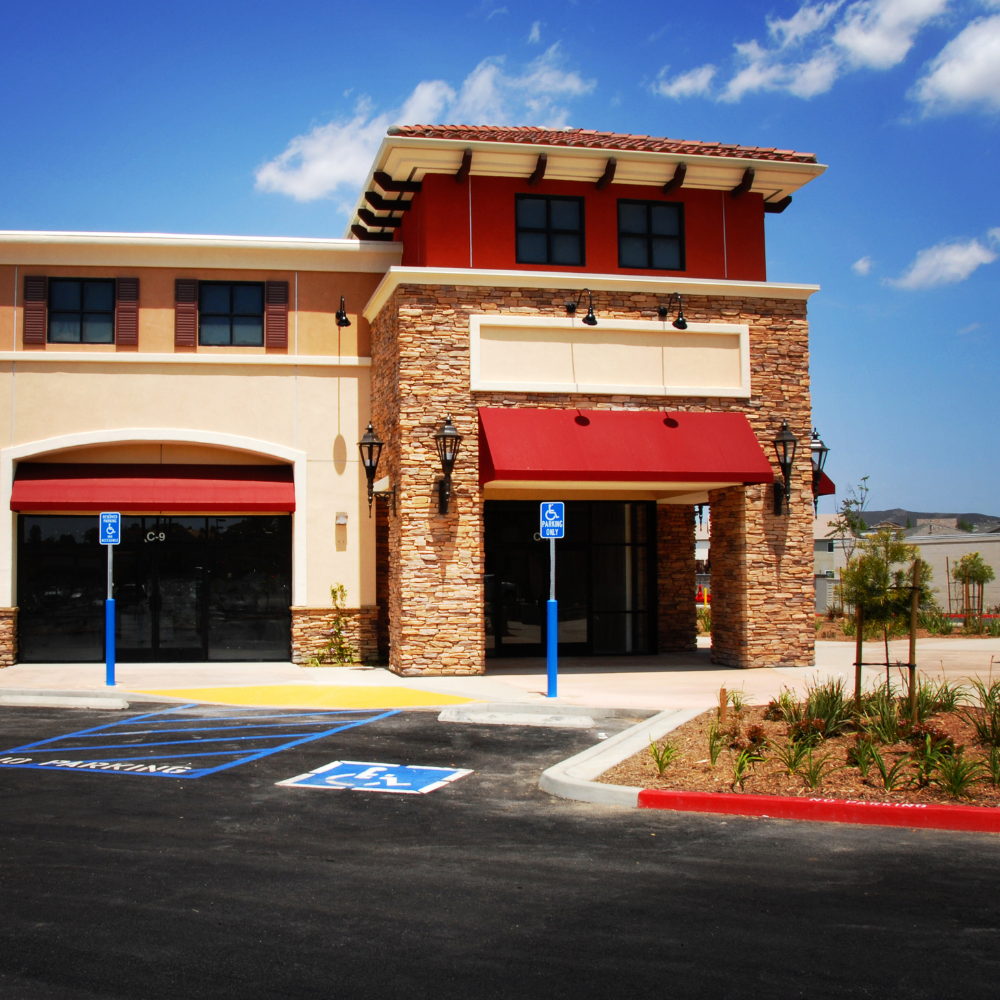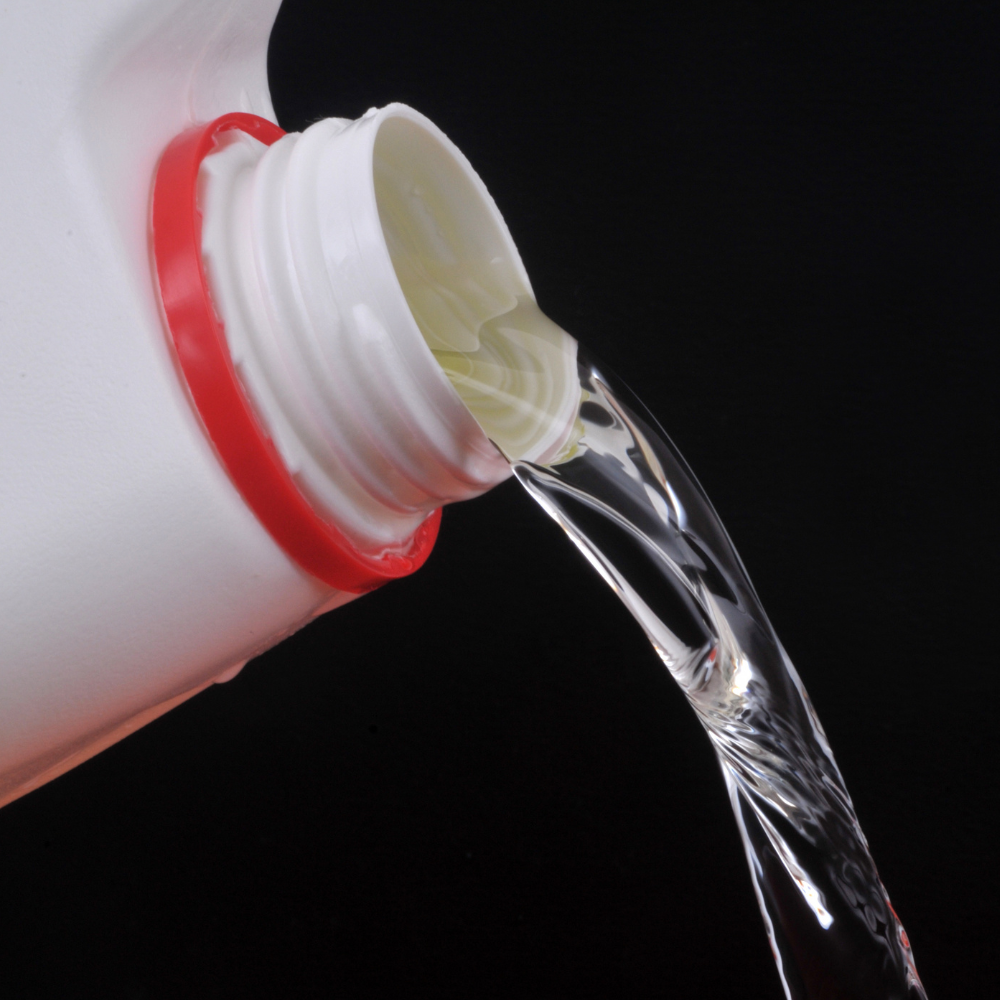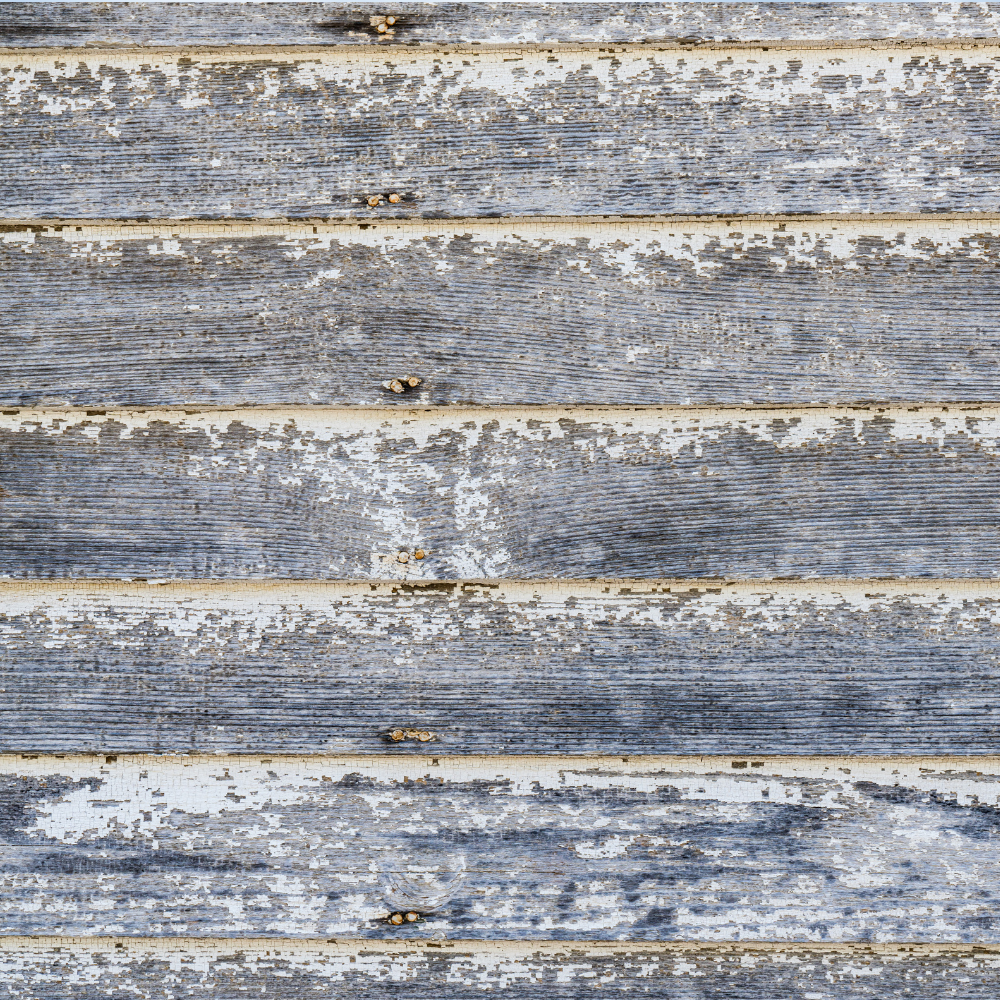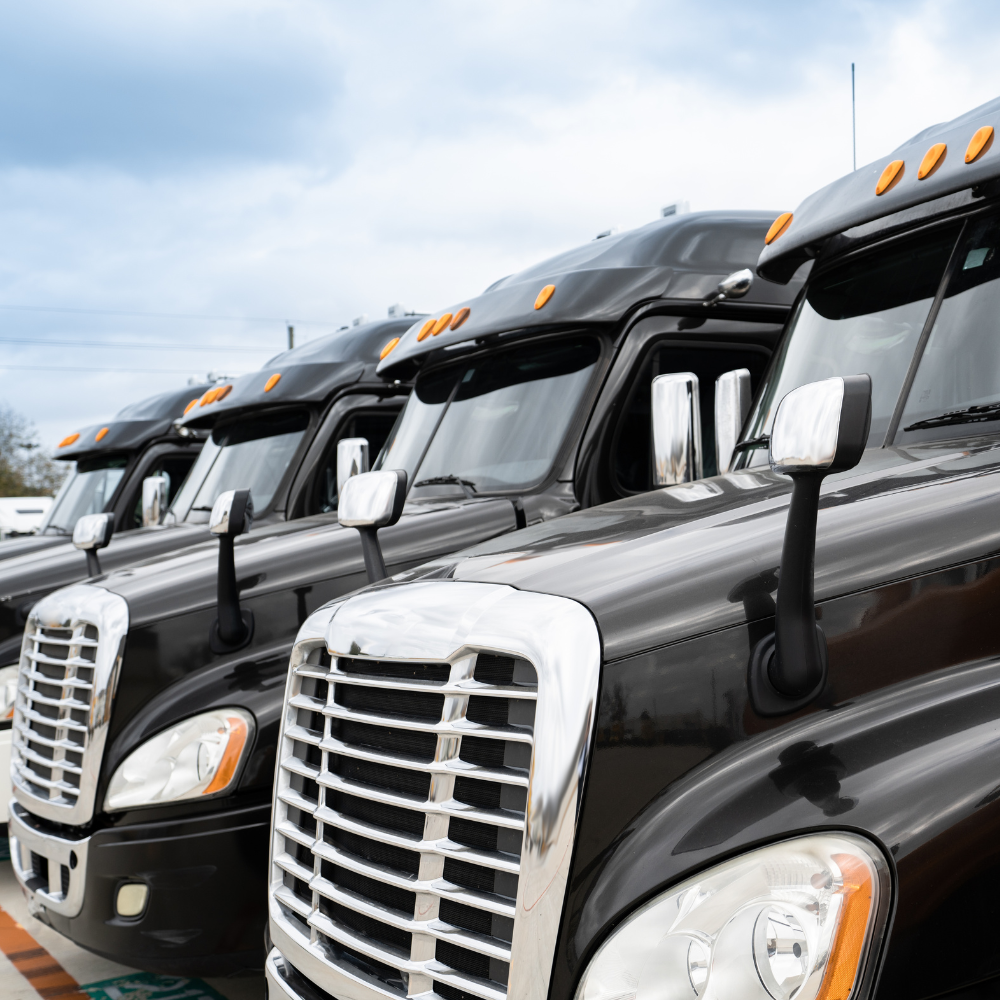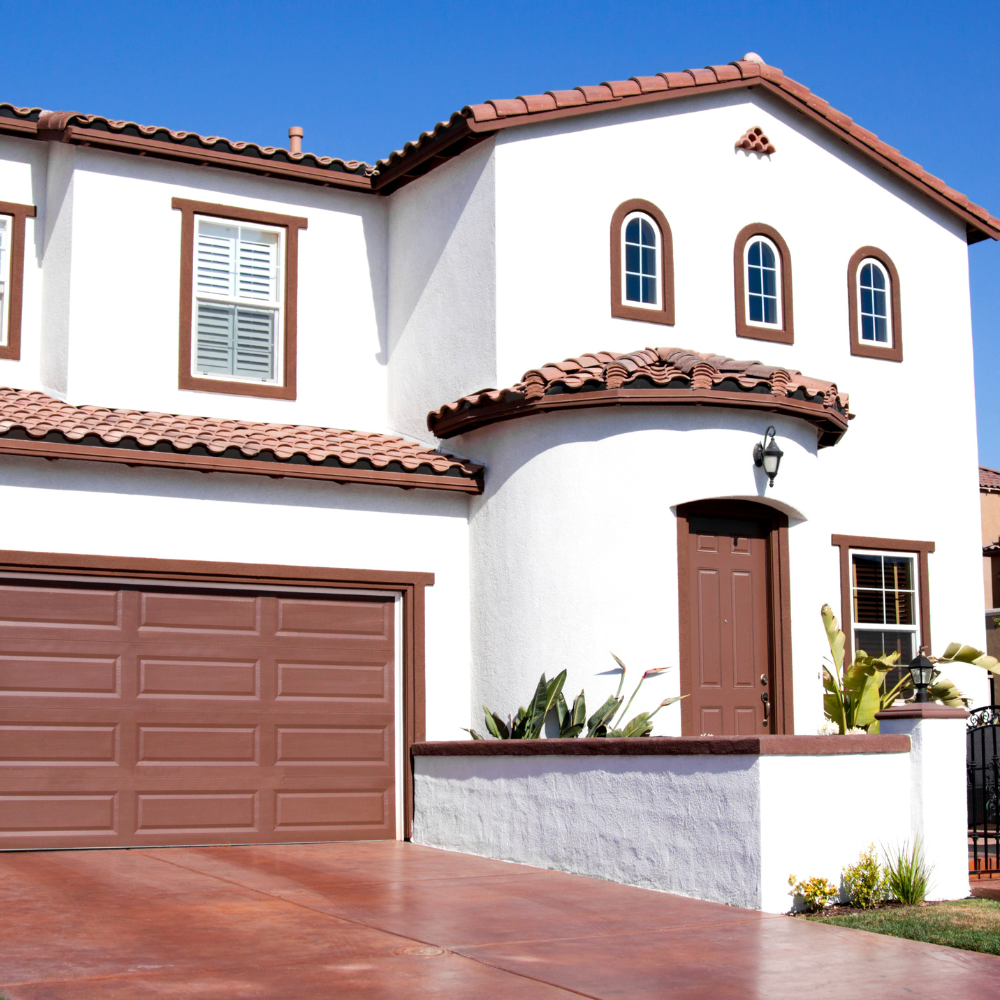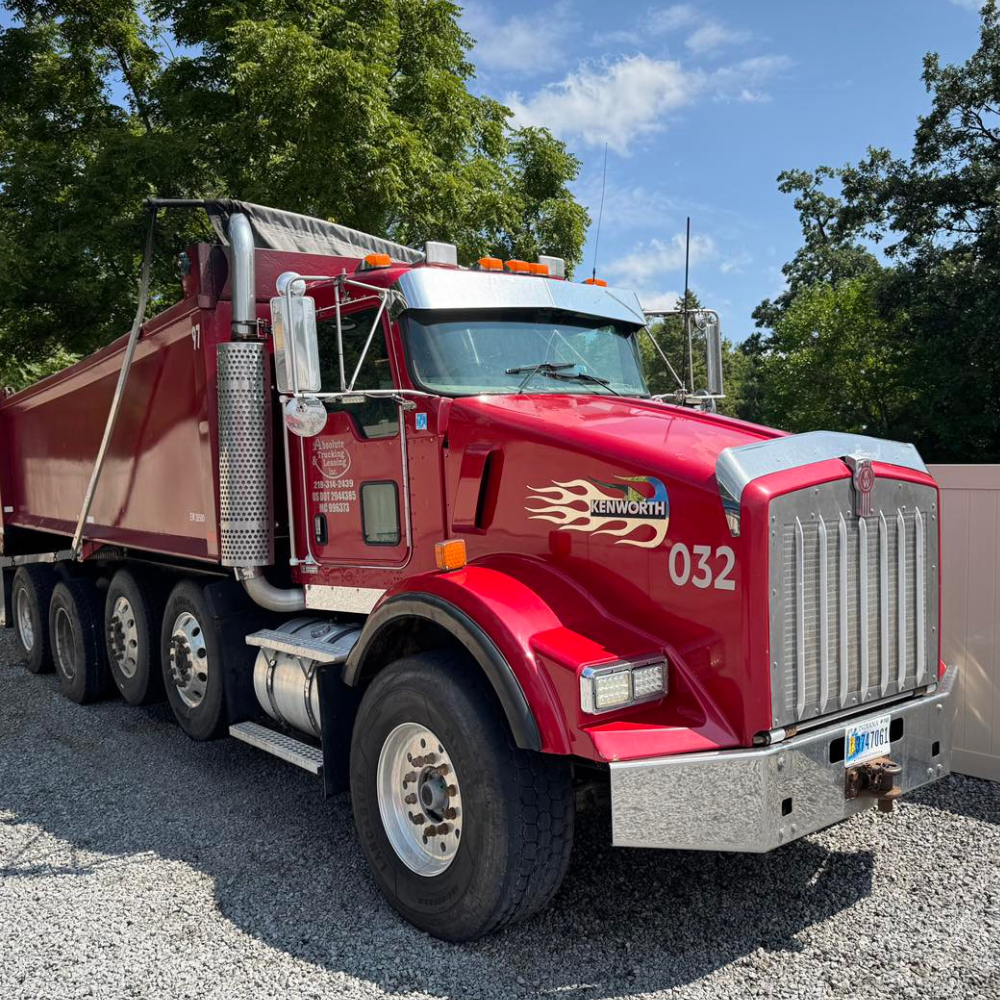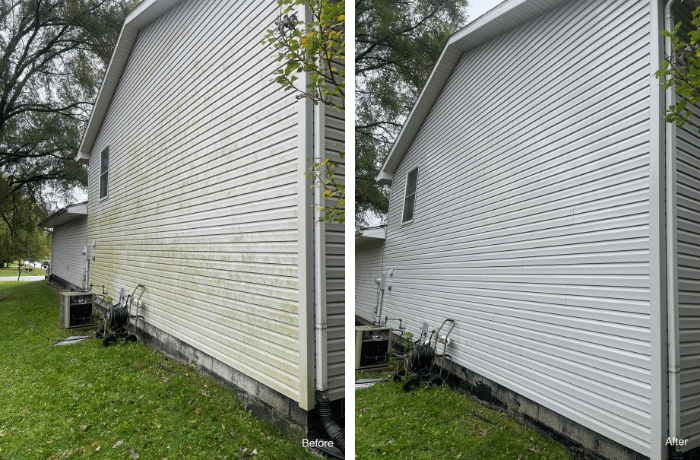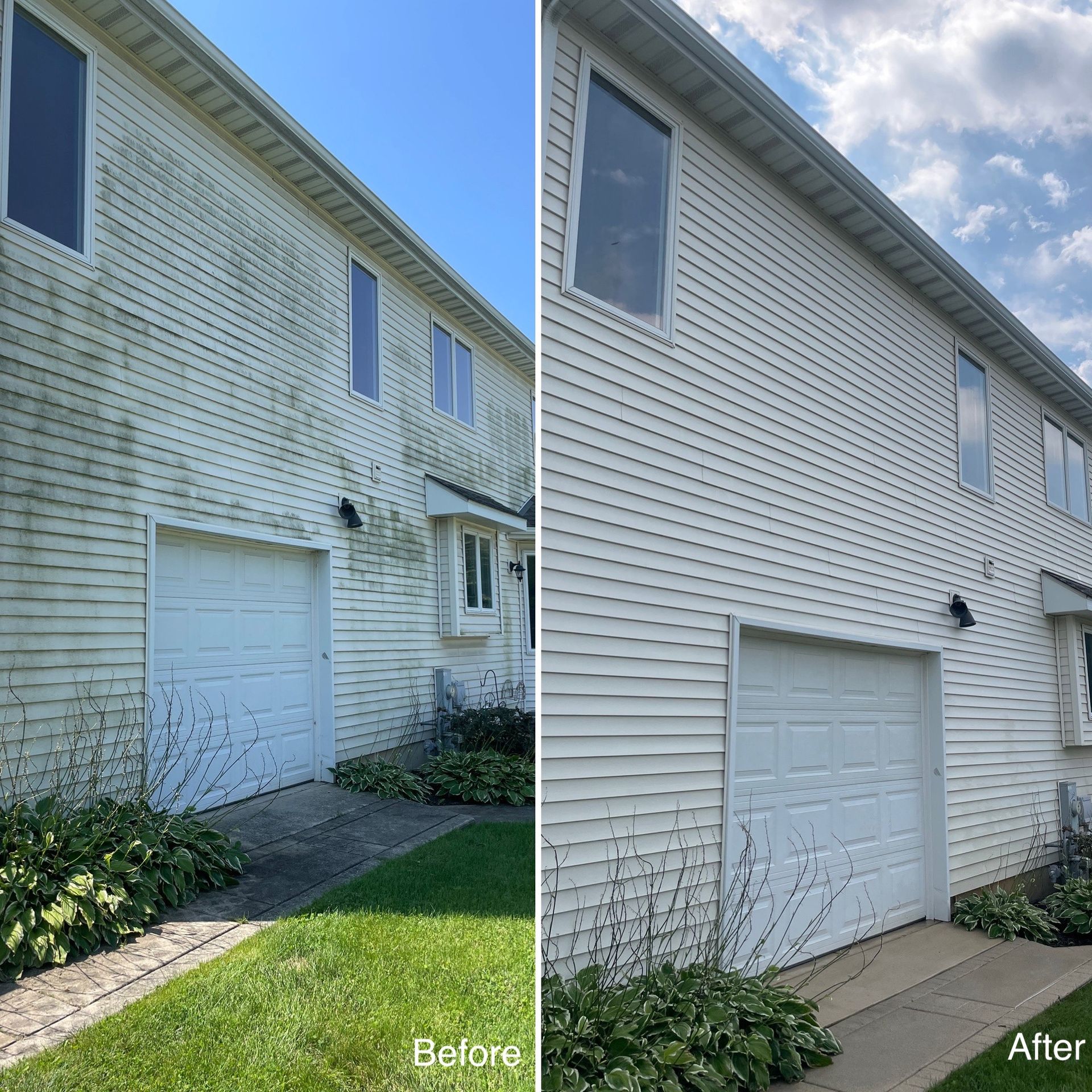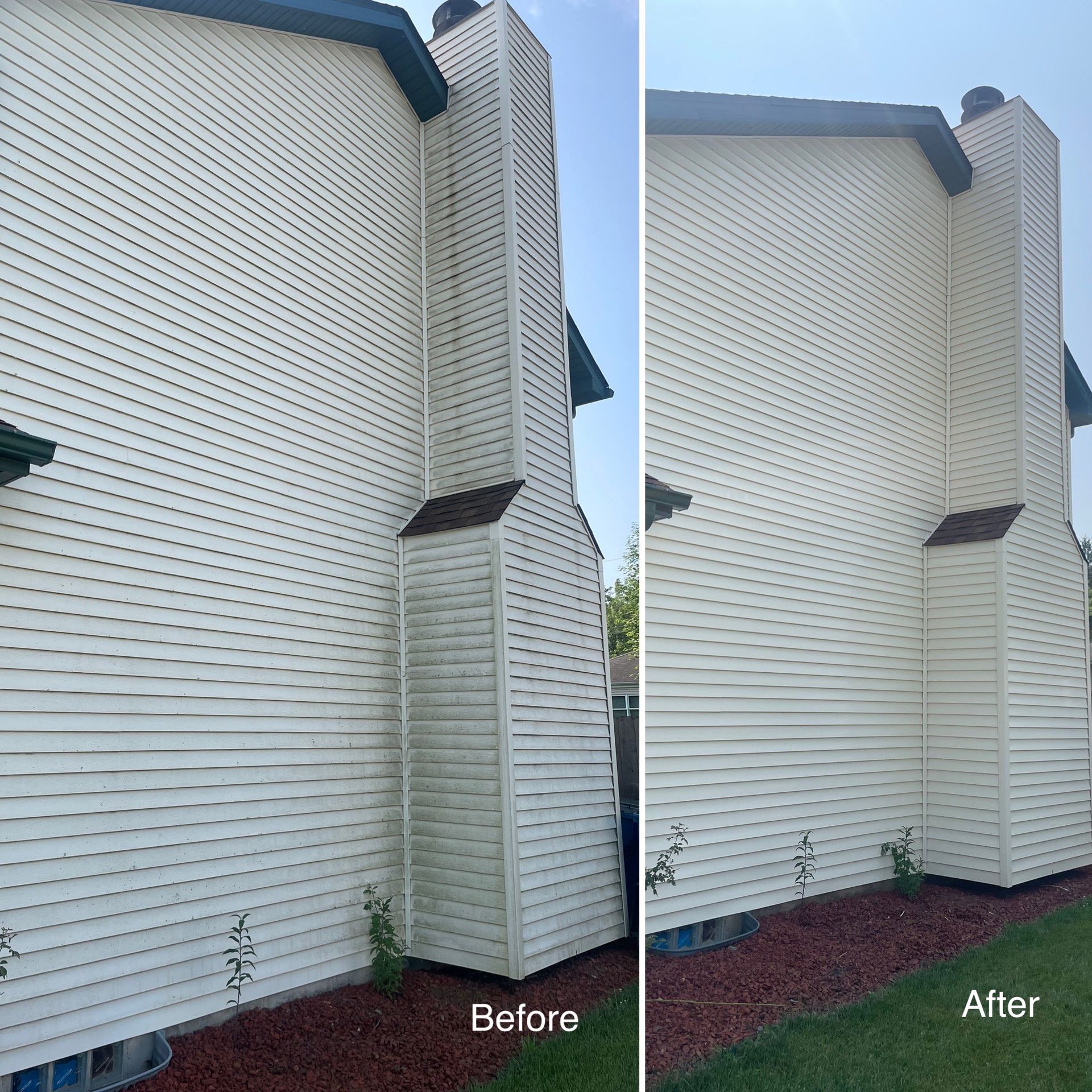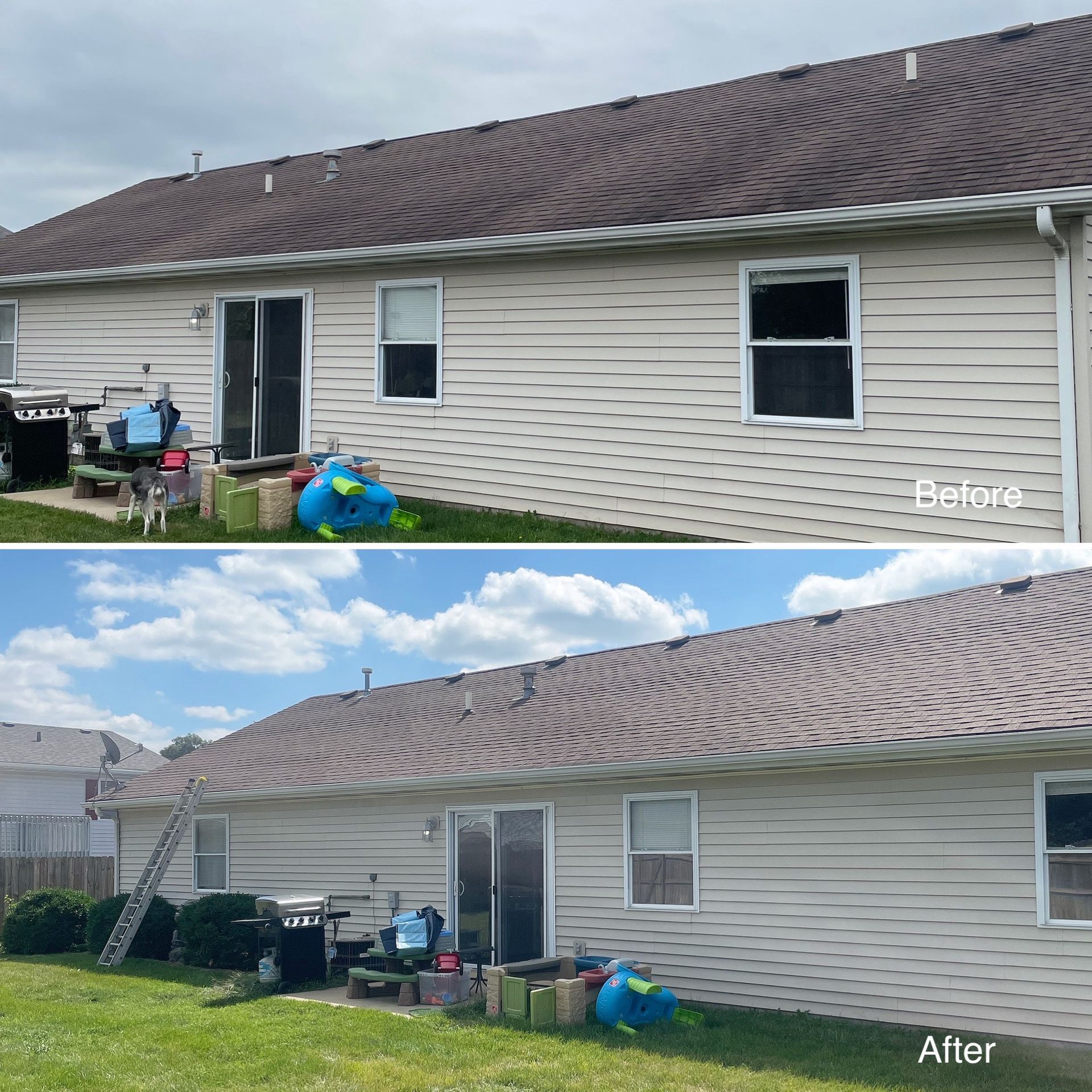The Dangers of DIY Roof Pressure Washing: What Homeowners Need to Know
Discover why DIY roof pressure washing can lead to costly repairs, safety risks, and long-term roof damage. Learn safer alternatives to protect your home.
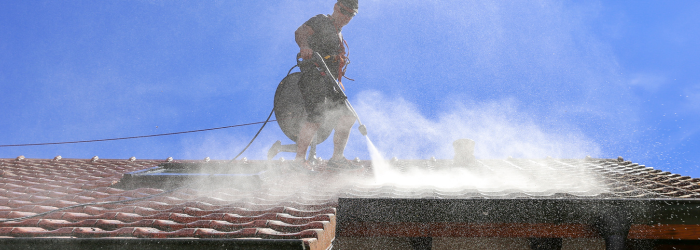
The Dangers of DIY Roof Pressure Washing
Maintaining a clean roof is essential to preserving its lifespan and curb appeal. However, attempting to pressure wash your roof on your own can lead to serious safety risks, structural damage, and unexpected expenses. Understanding these dangers will help homeowners make safer, more effective decisions. Click here to hire a professional.
What Is Roof Pressure Washing?
Roof pressure washing involves using high-powered water jets to remove debris, moss, algae, and stains. While it might seem like a quick fix for roof maintenance, the aggressive force of pressure washing can harm many roofing materials and compromise the roof's structural integrity.
Why Homeowners Attempt DIY Pressure Washing:
- Cost Savings: Avoiding professional fees.
- Convenience: Immediate access to rental equipment.
- Appearance Goals: Removing visible moss or discoloration quickly.
Unfortunately, these perceived benefits often come with hidden risks.
Roof Materials and Pressure Washing Risks
Different roofing materials react differently to pressure washing, and most are not designed to withstand high-pressure water.
Common Risks by Roof Type:
- Asphalt Shingles: Granules may be stripped away, reducing durability.
- Clay or Concrete Tiles: Cracks and chips caused by water force.
- Metal Roofs: Potential warping and loosened fasteners.
In each case, improper pressure washing can lead to costly repairs and a shorter lifespan for your roof.
Safety Hazards of DIY Roof Pressure Washing
Climbing onto your roof with pressure washing equipment is inherently dangerous, especially without proper training or safety measures.
Key Risks:
- Fall Accidents: Slippery surfaces and high pressure increase the chance of slipping.
- Injury from Equipment: Mishandling high-pressure hoses can result in severe injuries.
- Lack of Safety Gear: DIYers often skip wearing harnesses, helmets, or non-slip footwear.
Professional roof cleaners are trained to navigate these hazards, minimizing the risk of accidents.
Structural Damage to Roof Components
The intense force of a pressure washer can dislodge or damage critical roof elements:
- Shingles and Tiles: Cracks, chips, or complete dislodgment.
- Flashing: Loose flashing can lead to water infiltration.
- Underlayment: Exposed underlayment becomes vulnerable to the elements.
Even small damages can escalate into major issues if not promptly repaired.
Water Intrusion and Interior Damage
DIY pressure washing often leads to water being forced under shingles or tiles, causing leaks. This water can infiltrate your home’s interior, resulting in:
- Mold and mildew growth.
- Damage to insulation and drywall.
- Higher repair costs for ceilings and walls.
Cost Implications of DIY Mistakes
What seems like a cost-saving project often leads to unexpected expenses:
- Roof Repairs: Fixing damage caused by improper washing.
- Insurance Issues: Many policies won’t cover DIY-related roof damage.
- Professional Re-cleaning: Paying for experts to fix incomplete or poor DIY cleaning jobs.
Professional Roof Cleaning: The Safer Alternative
Professional roof cleaners use techniques like soft washing, which relies on low-pressure water and specialized detergents to safely clean roofs without causing damage.
Benefits of Professional Cleaning:
- Safety Assurance: Trained teams use proper safety equipment.
- Expert Techniques: Methods tailored to your roof type.
- Long-Term Results: Preventive care that extends roof lifespan.
DIY roof pressure washing may seem like a cost-effective solution, but the risks far outweigh the benefits. From safety hazards to structural damage, the potential pitfalls can be severe. Opting for professional roof cleaning services not only protects your roof but also ensures peace of mind. Invest in expert care and keep your home safe and secure.
FAQs
Can I pressure wash my roof safely?
It’s generally not recommended. Pressure washing can cause structural damage and safety risks.
What’s the alternative to pressure washing my roof?
Soft washing is a safer option that uses low pressure and eco-friendly detergents to clean your roof effectively.
Can DIY roof cleaning void my warranty?
Yes, many manufacturers void warranties if improper cleaning methods are used.
What are the risks of not cleaning my roof?
Neglecting roof maintenance can lead to moss growth, water pooling, and eventual structural damage.
How often should I clean my roof?
It’s recommended to clean your roof every 2–3 years, or more frequently in humid climates.
